Cretaceous-Paleogene Period
The Cretaceous-Paleogene (K-Pg) boundary, formerly known as the Cretaceous-Tertiary (K-T) boundary, marks the end of the Cretaceous Period and the beginning of the Paleogene Period. This boundary is significant because it represents a major mass extinction event that resulted in the extinction of the non-avian dinosaurs among other species.
Key Events and Characteristics
- Formation of the Deccan Traps: Massive volcanic eruptions in what is now India during the late Cretaceous Period
- Impact event: The Chicxulub impact, a large asteroid or comet impact in what is now the Yucatán Peninsula in Mexico, which is believed to have contributed to the mass extinction event
- Mass extinction: Approximately 75% of all species, including the dinosaurs, became extinct
- Adaptive radiation: Following the mass extinction, the surviving species experienced rapid diversification and evolutionary changes, leading to the rise of mammals and other new life forms
Study Guide
When studying the Cretaceous-Paleogene period, it's important to focus on the following key points:
- The geological and biological events that occurred during the transition from the Cretaceous to the Paleogene
- The causes and effects of the mass extinction event, including the role of volcanic activity and the Chicxulub impact
- The concept of adaptive radiation and how it contributed to the diversification of surviving species
- The significance of the K-Pg boundary in Earth's history and the subsequent changes in the planet's ecosystems
Further Exploration
For a deeper understanding of the Cretaceous-Paleogene period, consider researching specific fossil evidence, geological formations, and evolutionary trends that characterize this pivotal time in Earth's history.
.◂Science Worksheets and Study Guides Eighth Grade. Respiration and excretion
Study Guide Respiration and excretion
Respiration and excretion  Worksheet/Answer key
Worksheet/Answer key Respiration and excretion
Respiration and excretion  Worksheet/Answer key
Worksheet/Answer key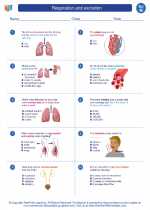 Respiration and excretion
Respiration and excretion  Worksheet/Answer key
Worksheet/Answer key Respiration and excretion
Respiration and excretion  Vocabulary/Answer key
Vocabulary/Answer key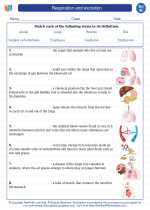 Respiration and excretion
Respiration and excretion  Vocabulary/Answer key
Vocabulary/Answer key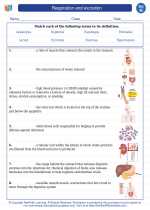 Respiration and excretion
Respiration and excretion  Vocabulary/Answer key
Vocabulary/Answer key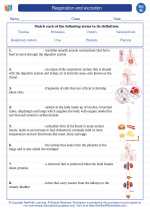 Respiration and excretion
Respiration and excretion  Vocabulary/Answer key
Vocabulary/Answer key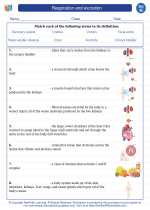 Respiration and excretion
Respiration and excretion 

 Worksheet/Answer key
Worksheet/Answer key
 Worksheet/Answer key
Worksheet/Answer key
 Worksheet/Answer key
Worksheet/Answer key
 Vocabulary/Answer key
Vocabulary/Answer key
 Vocabulary/Answer key
Vocabulary/Answer key
 Vocabulary/Answer key
Vocabulary/Answer key
 Vocabulary/Answer key
Vocabulary/Answer key
